Chemistry and Chemists № 2 2024
Journal of Chemists-Enthusiasts
| Content | Chemistry experiments - video | Physics experiments - video | Home Page - Chemistry and Chemists |
|
Chemistry and Chemists № 2 2024 Journal of Chemists-Enthusiasts |
Plants as acid-base indicators - part 17, 18, 19 Volodymyr M. Viter |
|
Having noticed a mistake in the text, allocate it and press Ctrl-Enter
I used a dark lilac inflorescence in this experiment with lilac and ammonia. Its colour was the most intense of all the inflorescences of lilac I could find. A year ago, I had already conducted a similar experiment with the same lilac [1], now it had to be repeated for clarity (to compare the result with the results of the two previous experiments).
After adding a concentrated ammonia solution, the flowers quickly turned grey; blue and green hues were visible in some areas of the inflorescence. Then the colour of the petals continued to change, the grey flowers gradually turned brown. __________________________________________________ 1 See the articles Dying beauty: treatment of purple lilac flowers with ammonia and hydrochloric acid [link]. |
|
Сирень и аммиак - часть 17
В этом эксперименте с сиренью и аммиаком я использовала темно-сиреневое соцветие. Его окраска была максимально интенсивной среди всех соцветий сирени, которые я смог найти. Год назад я уже провел аналогичный опыт с этой же сиренью [1], теперь его следовало повторить для наглядности (чтобы сравнить результат с результатами двух прошлых экспериментов).
Под действием концентрированного раствора аммиака цветы быстро приобрели серый цвет, при этом в разных местах соцветия были заметны участки с синим и зеленым оттенками. Потом цвет лепестков продолжил меняться, серые цветы постепенно стали коричневыми. |

|

|
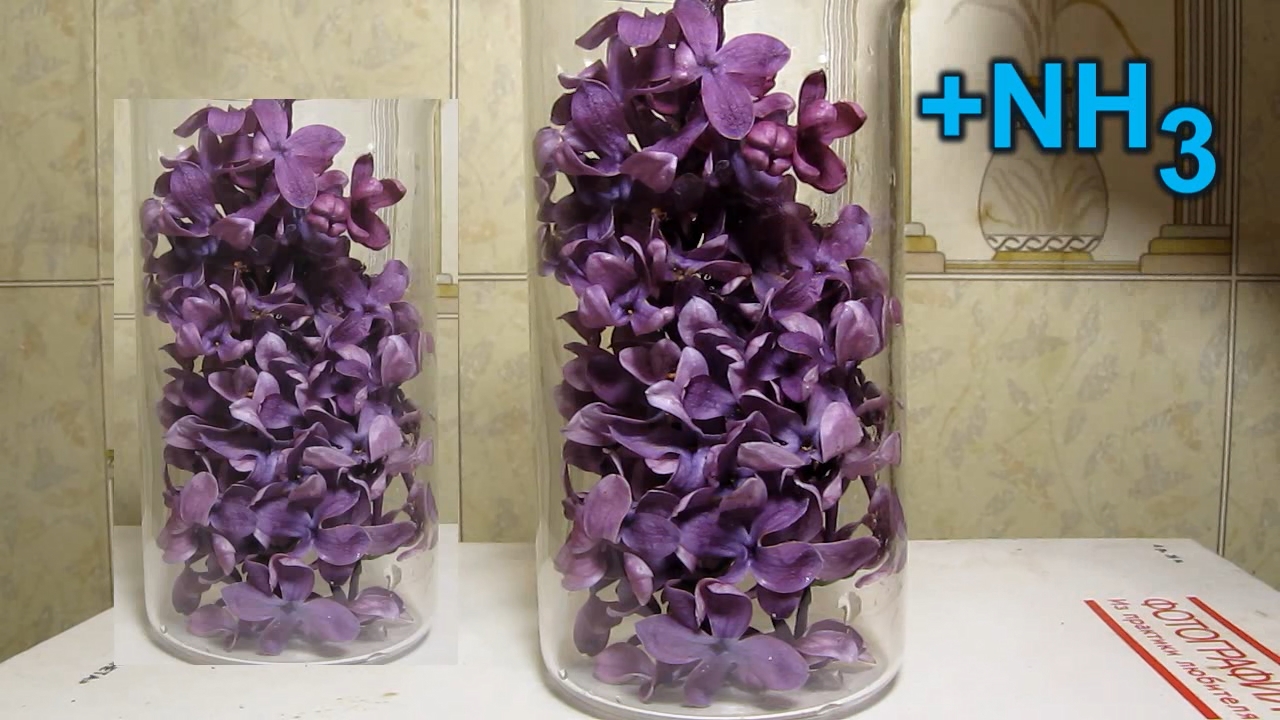
Lilac and ammonia |
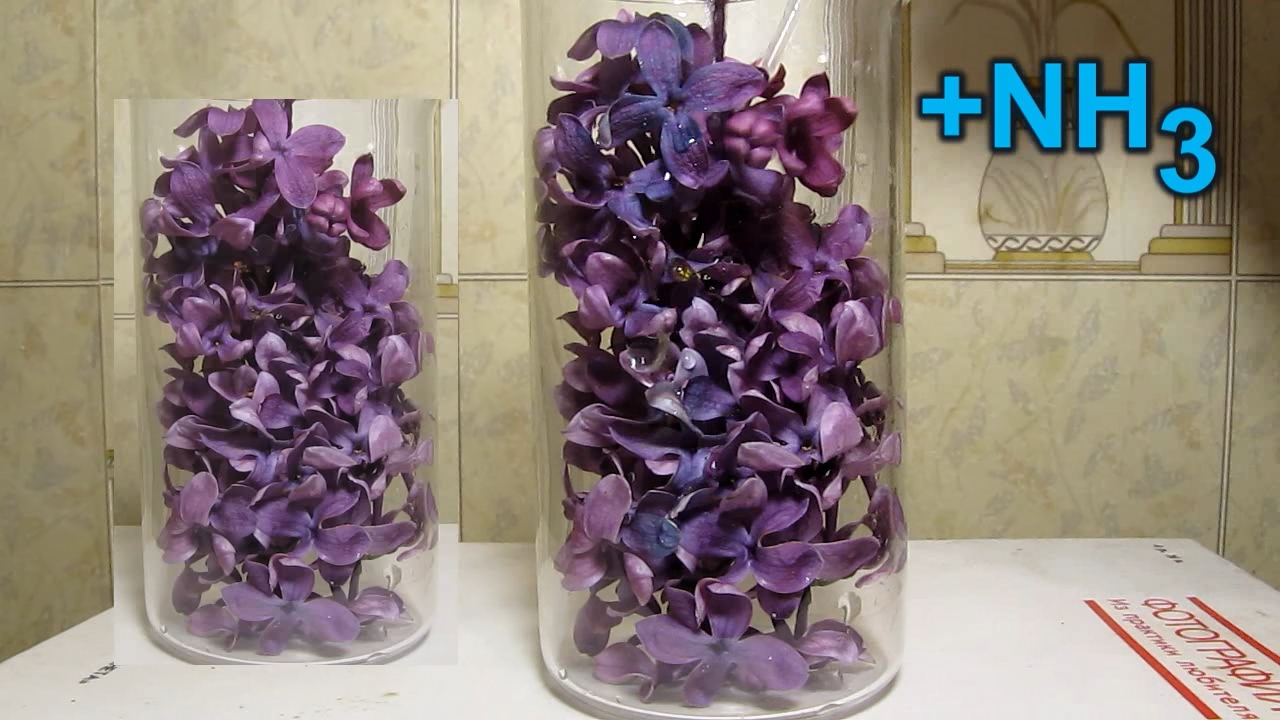
|

|

|
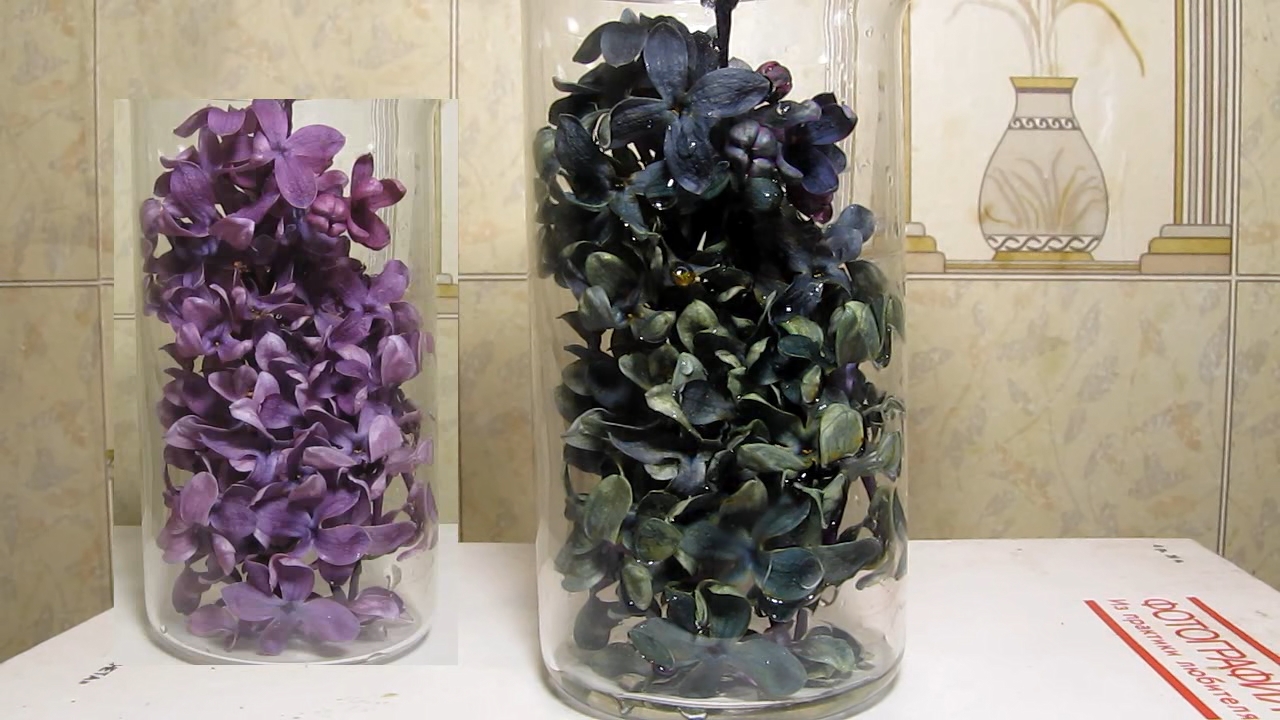
|

|
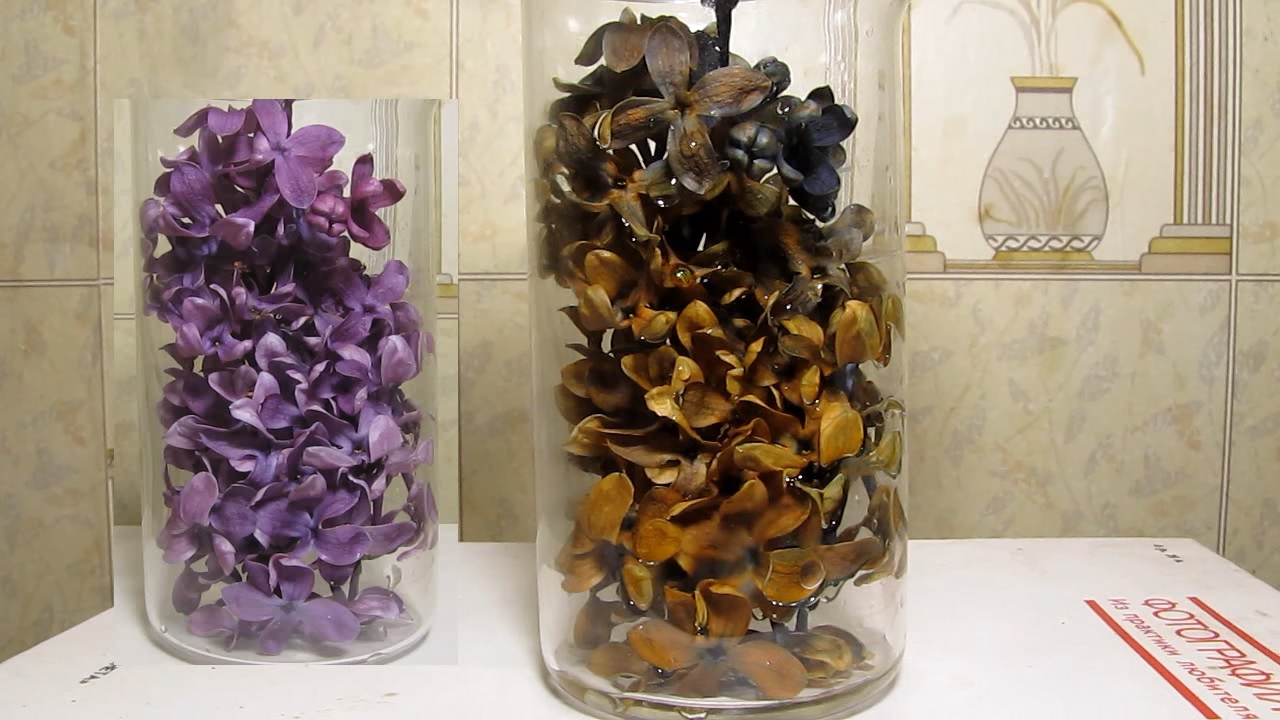
|

|
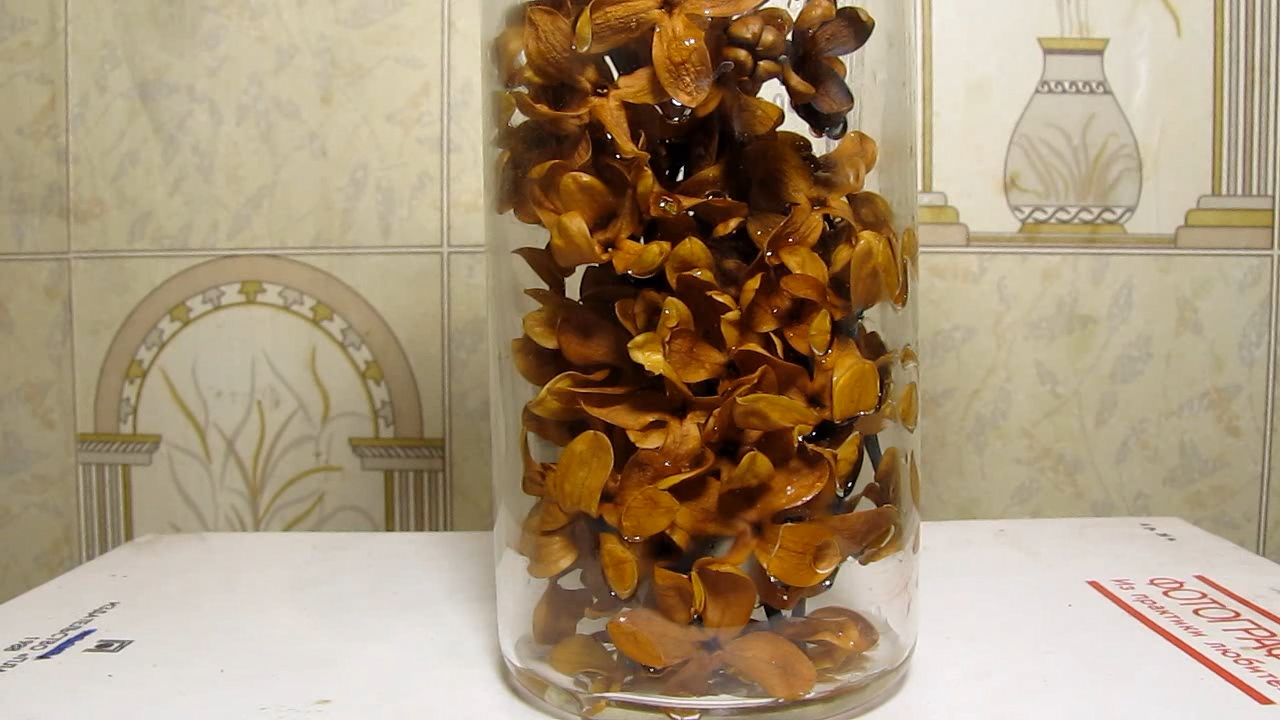
|
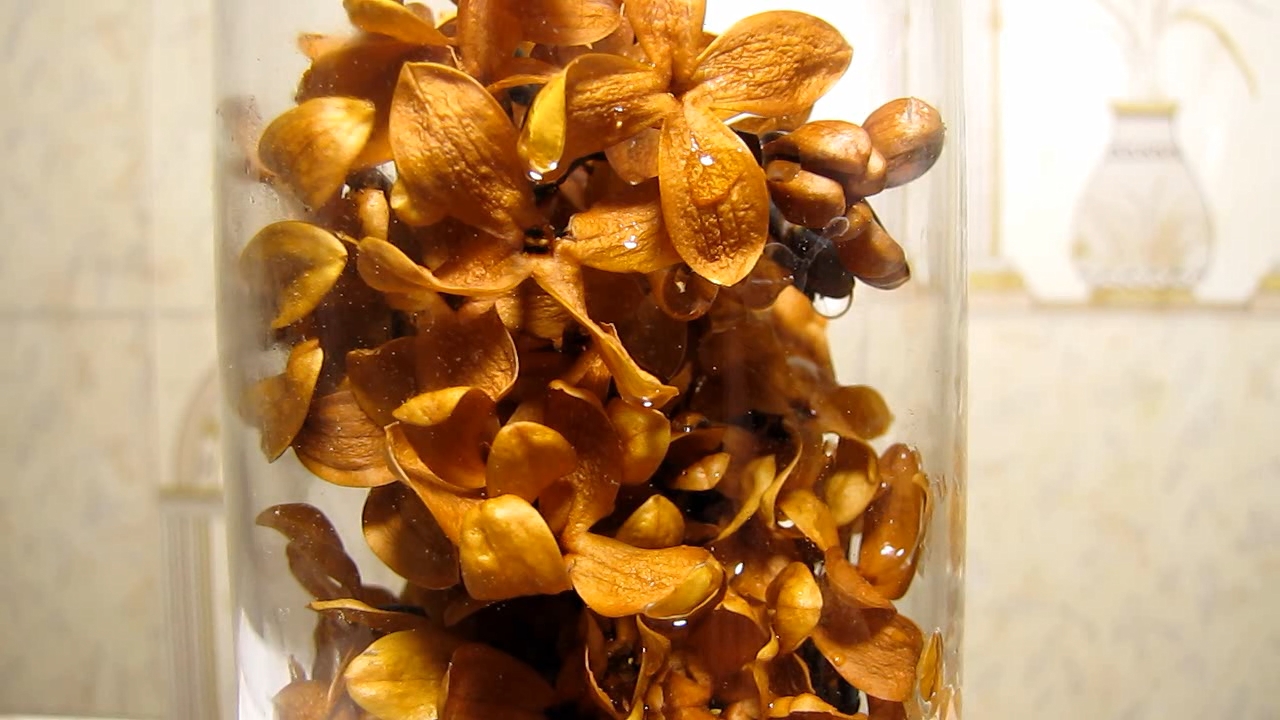
|

|
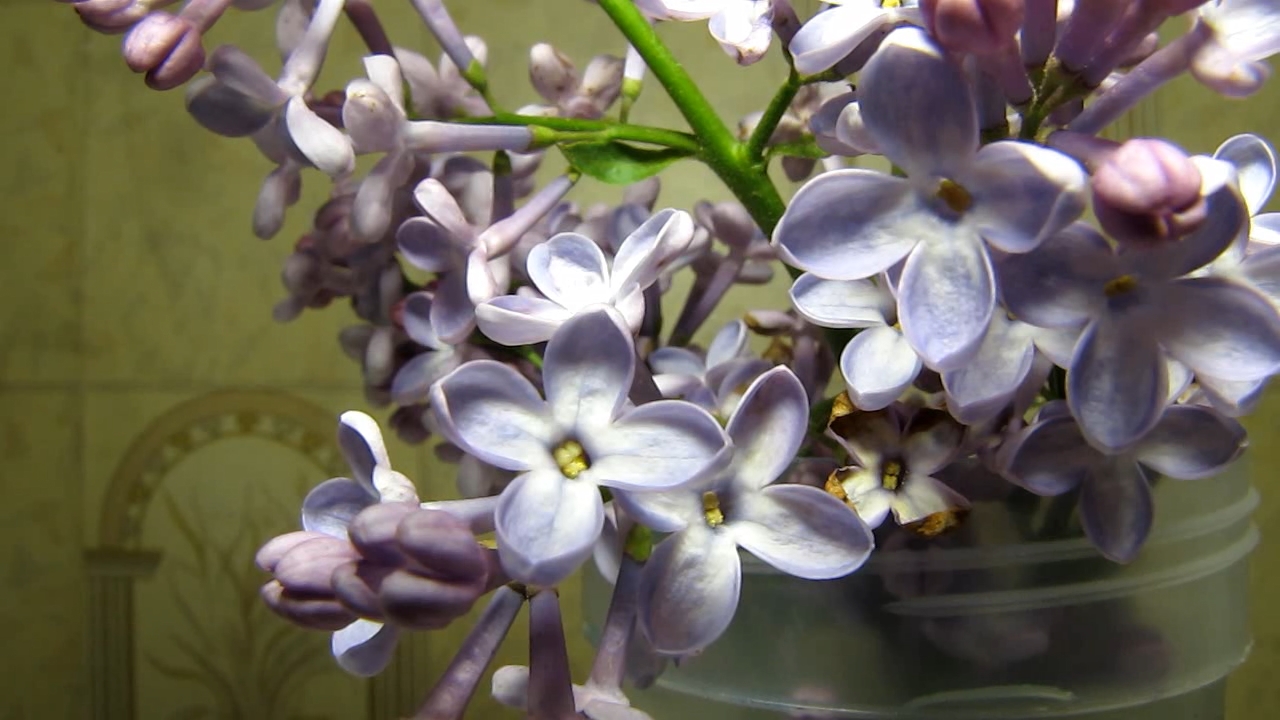
|
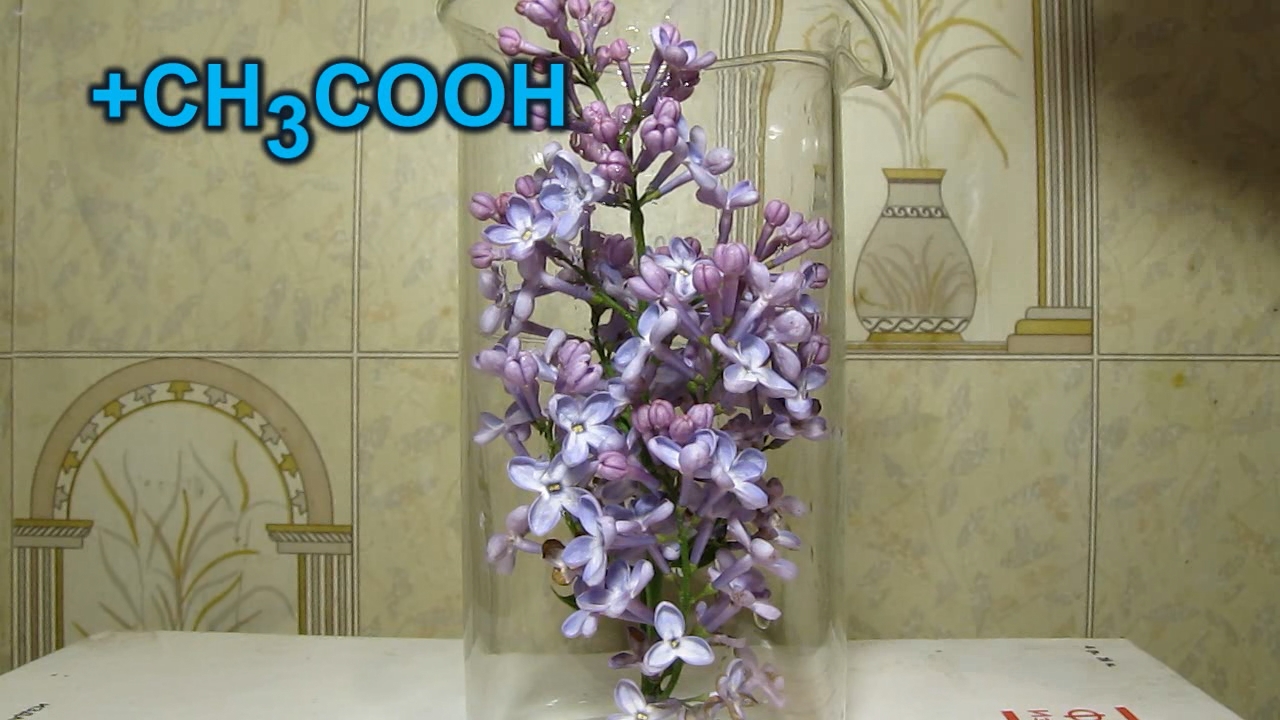
Lilac, acetic acid and ammonia |

|

|
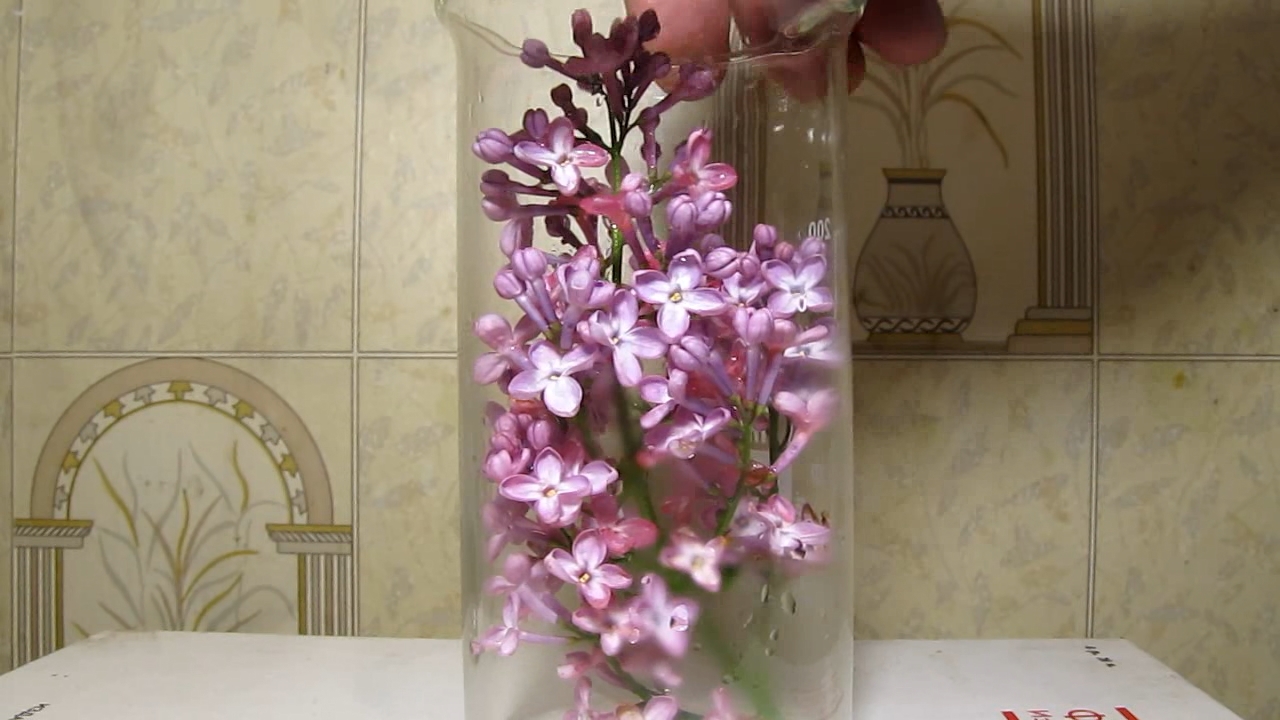
|

|

|

|
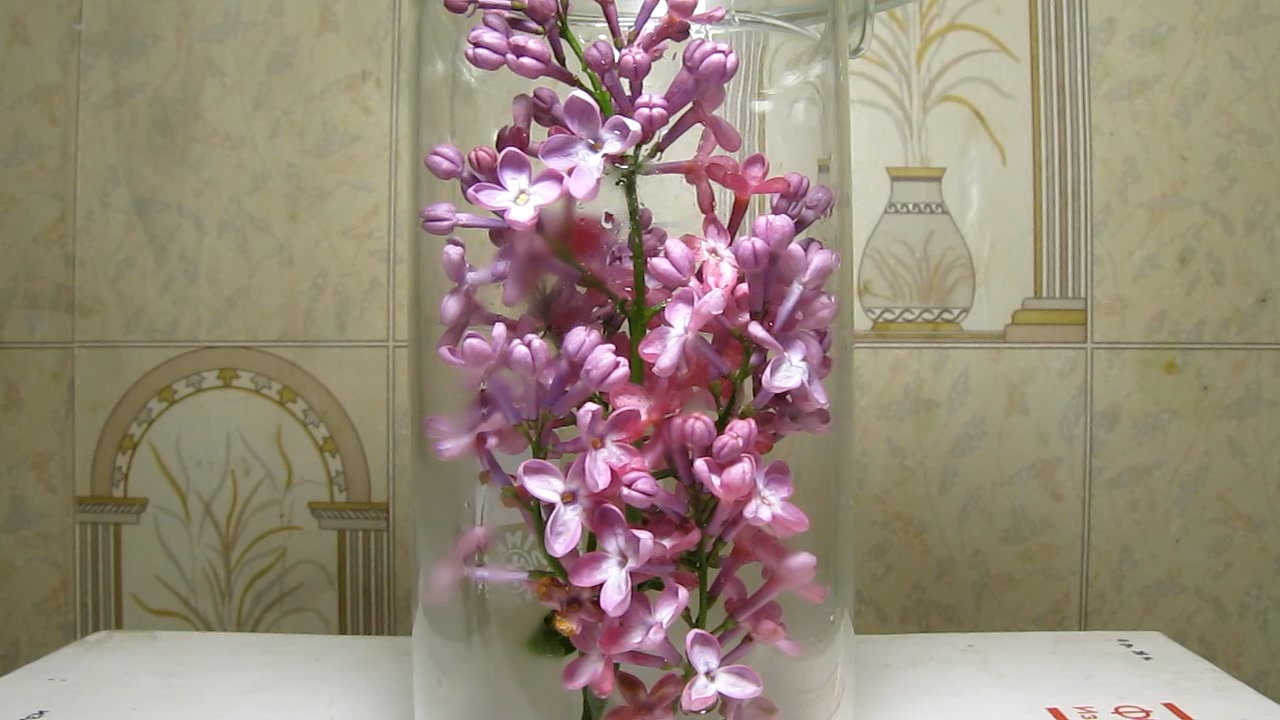
|
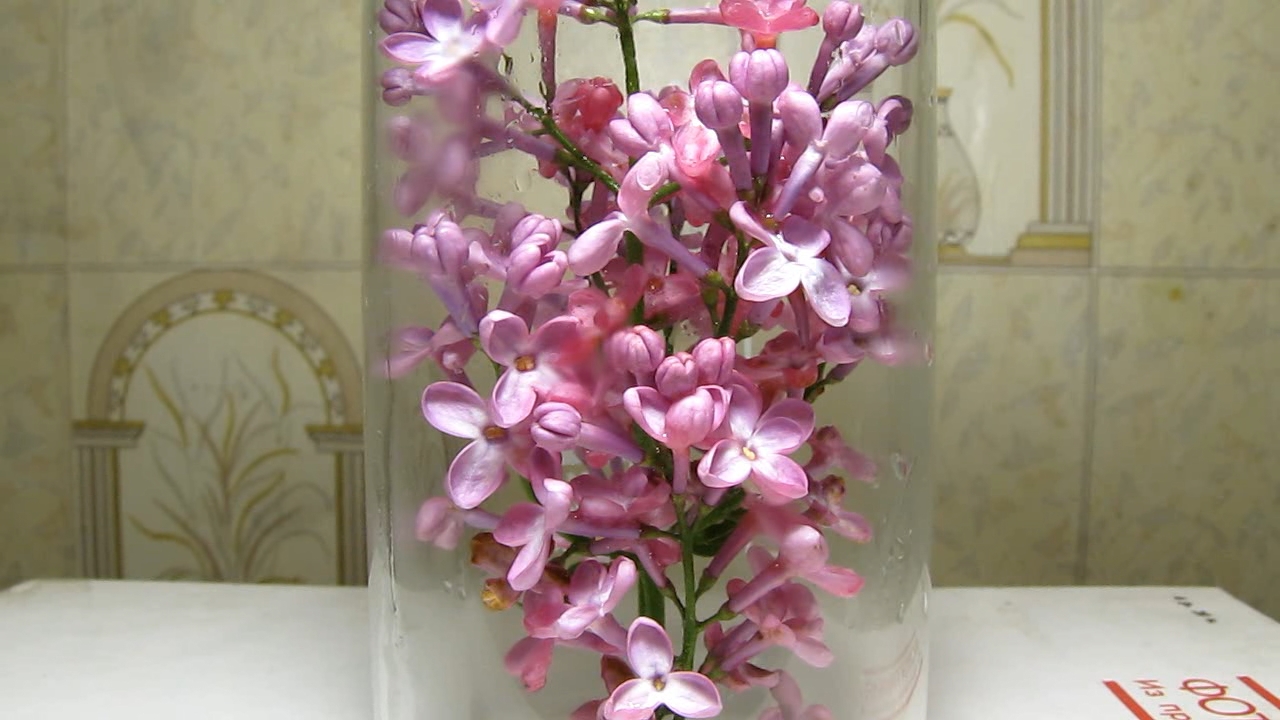
|
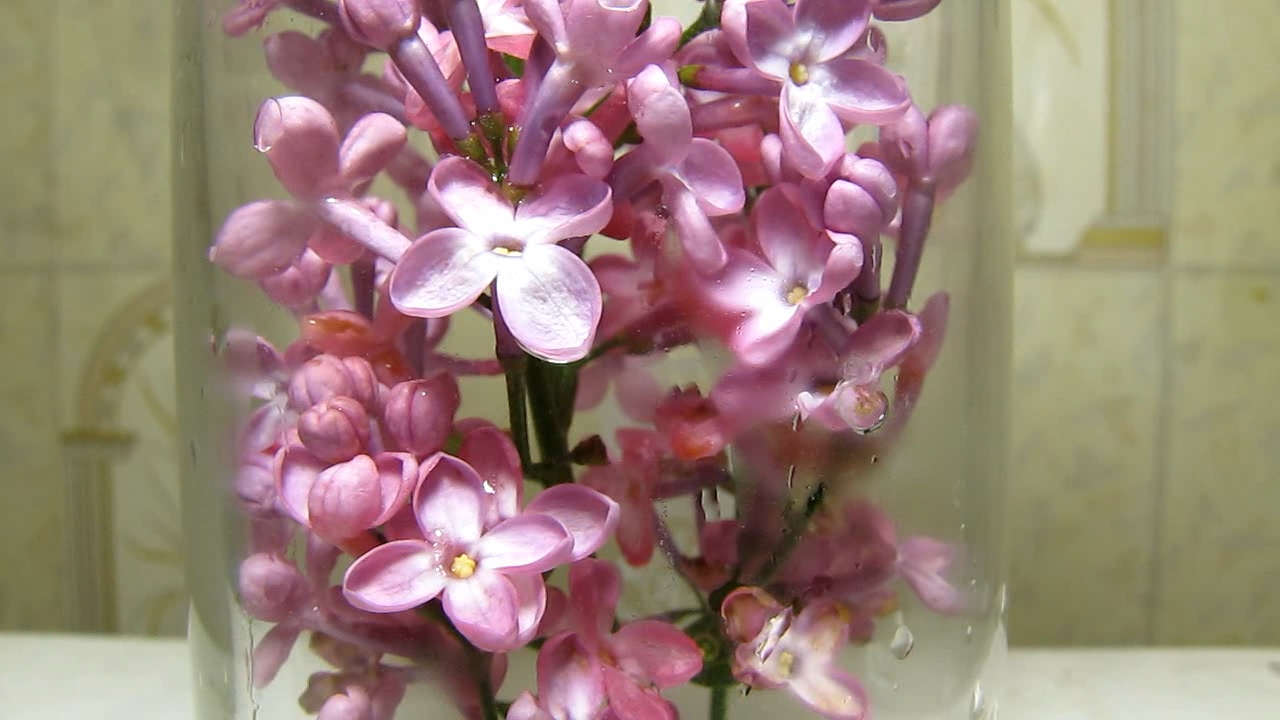
|
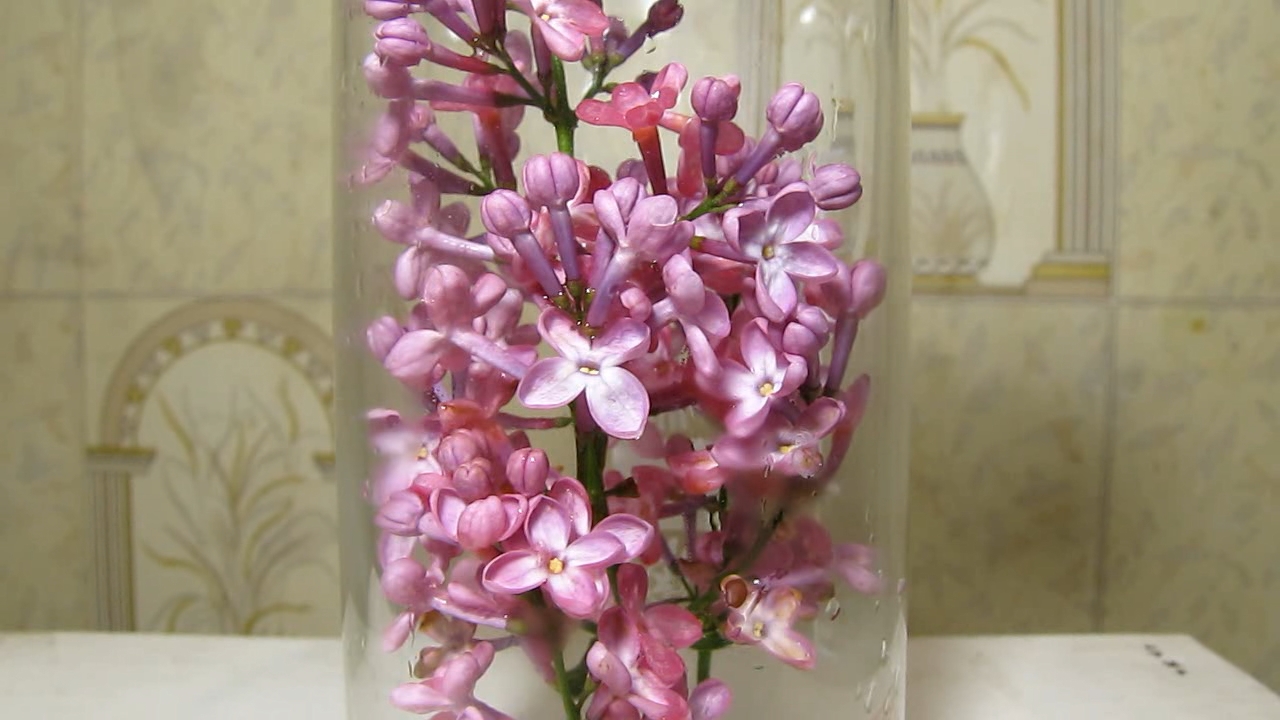
|
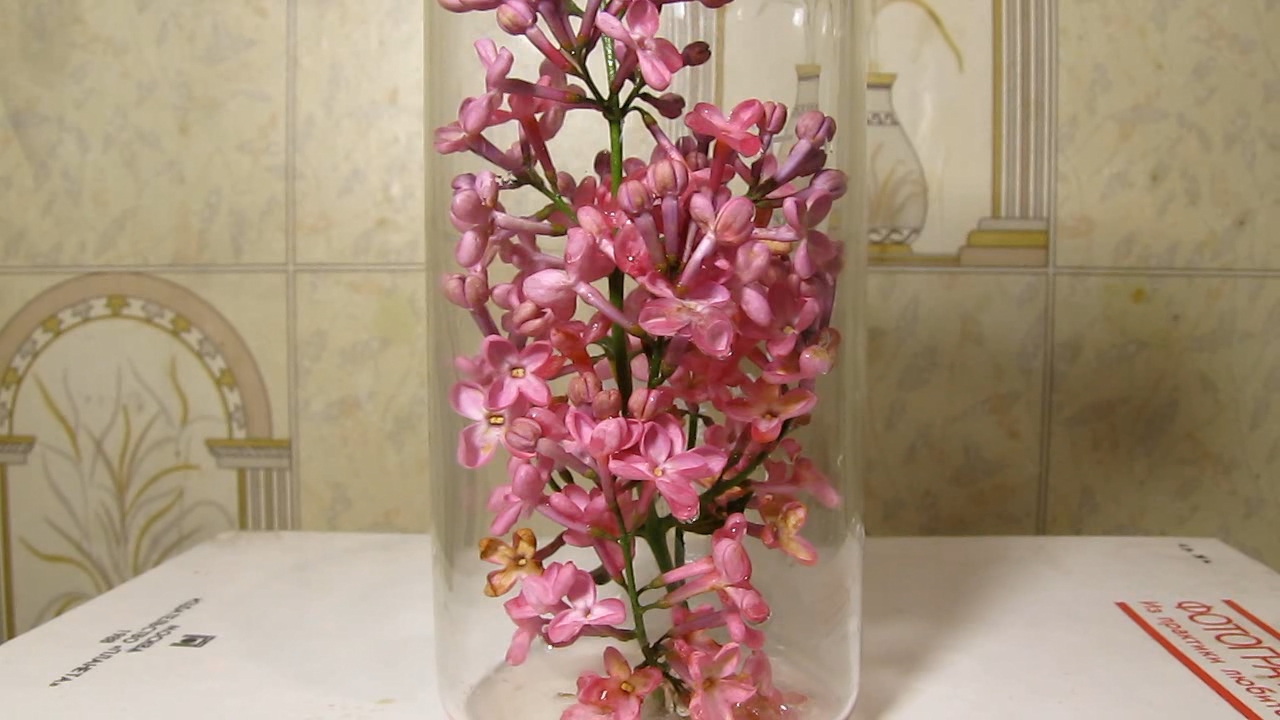
|
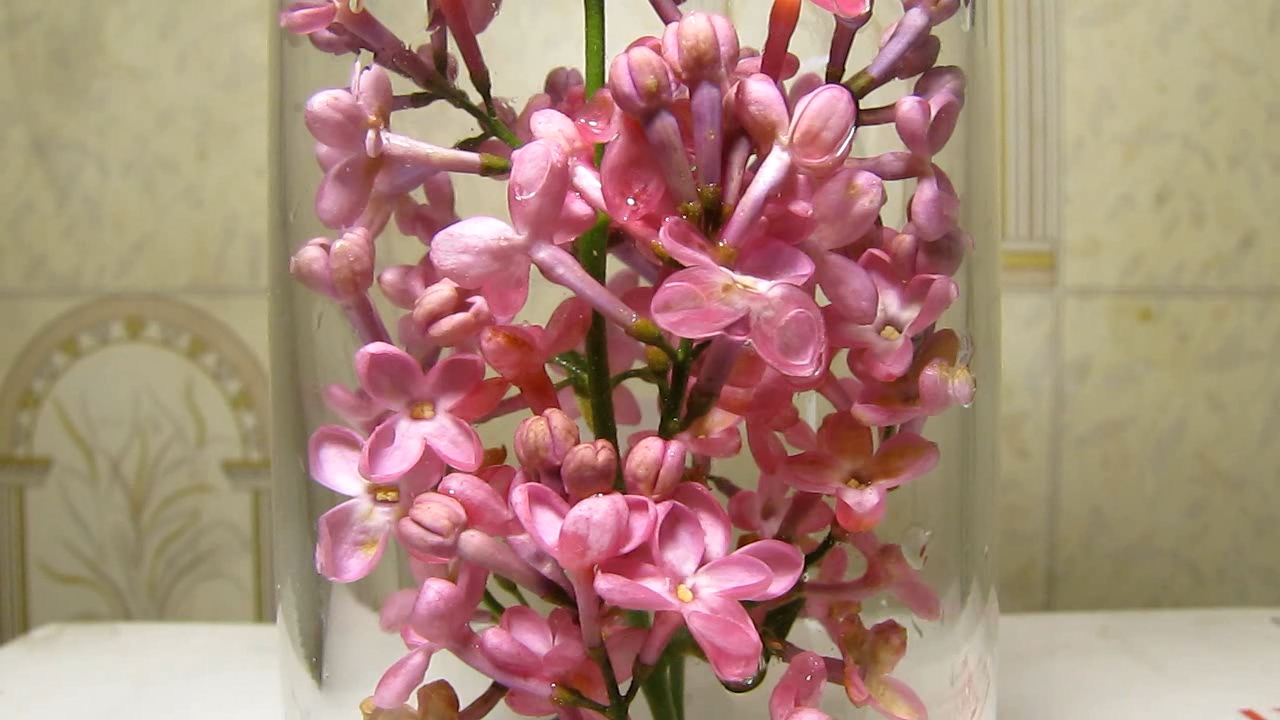
|

|

|

|

|
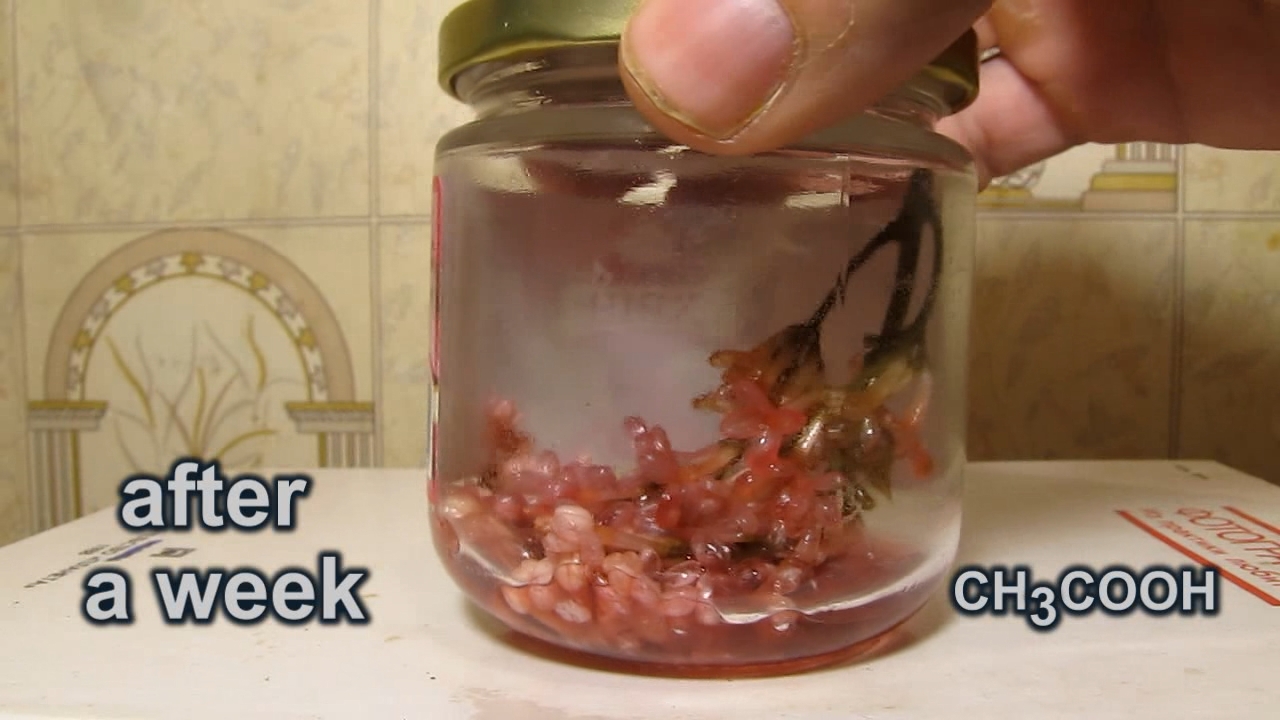
|

|
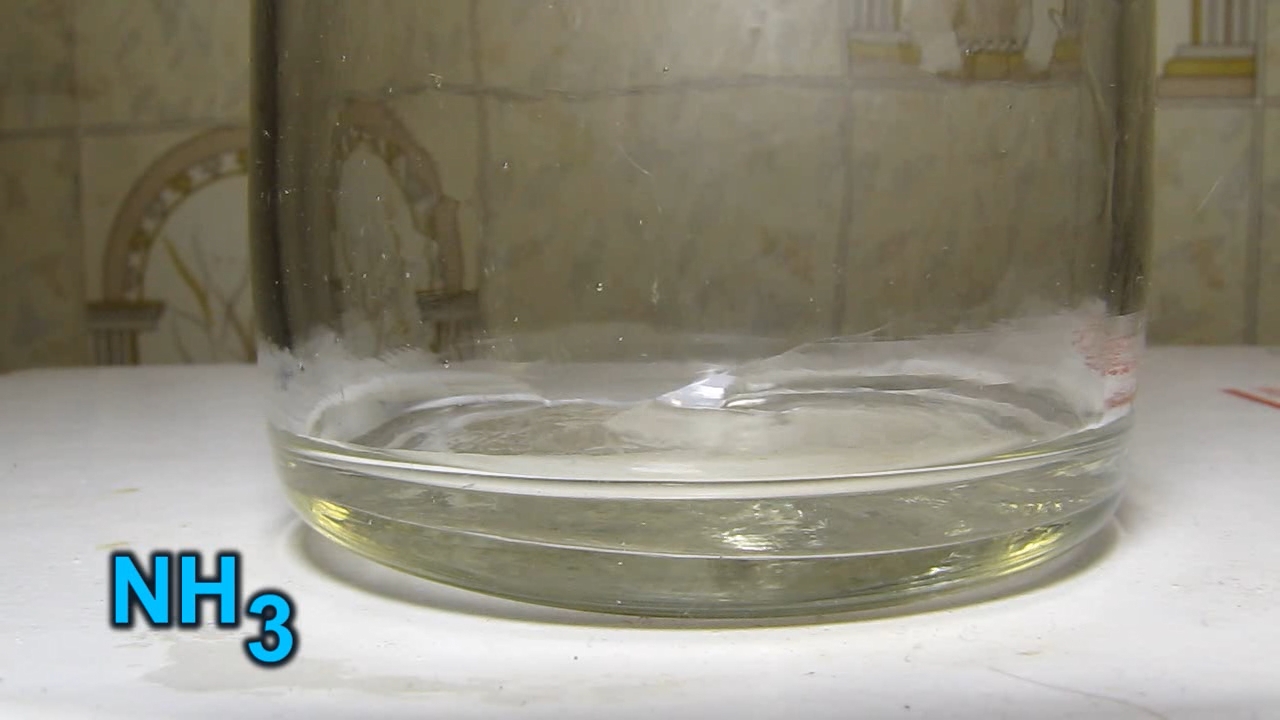
Ammonia and the solution of the dye in acetic acid |

|
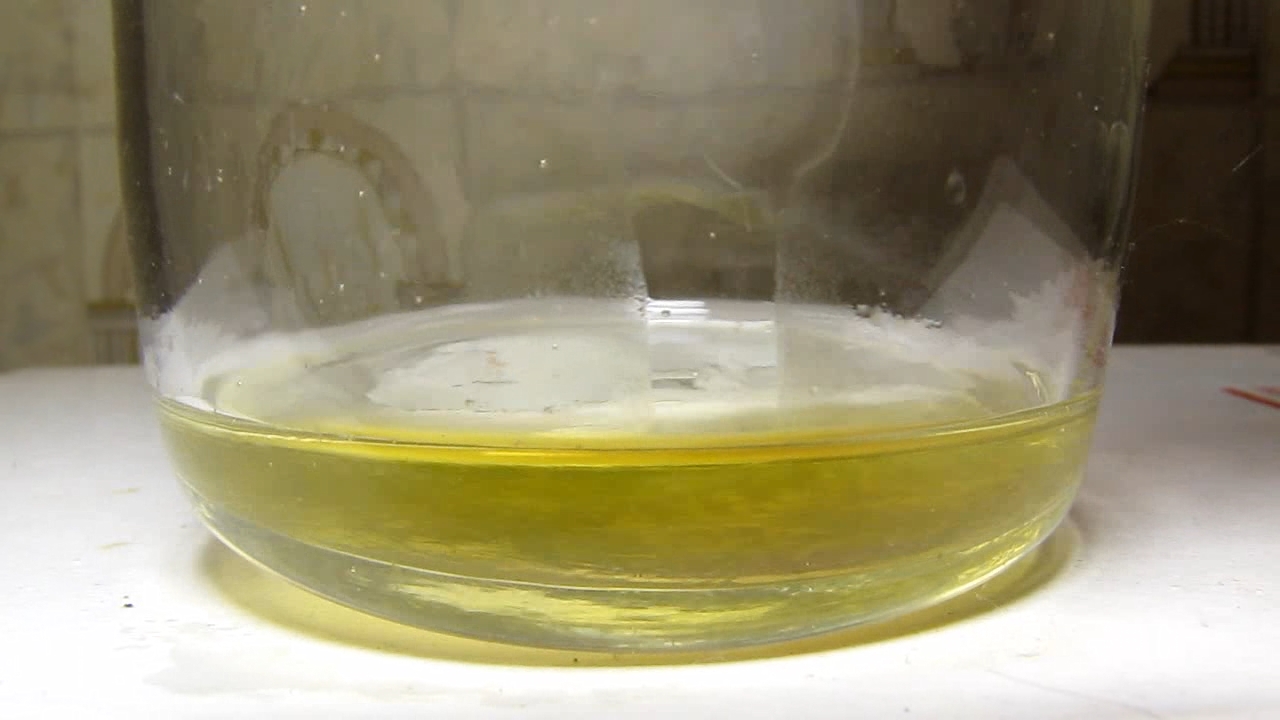
|
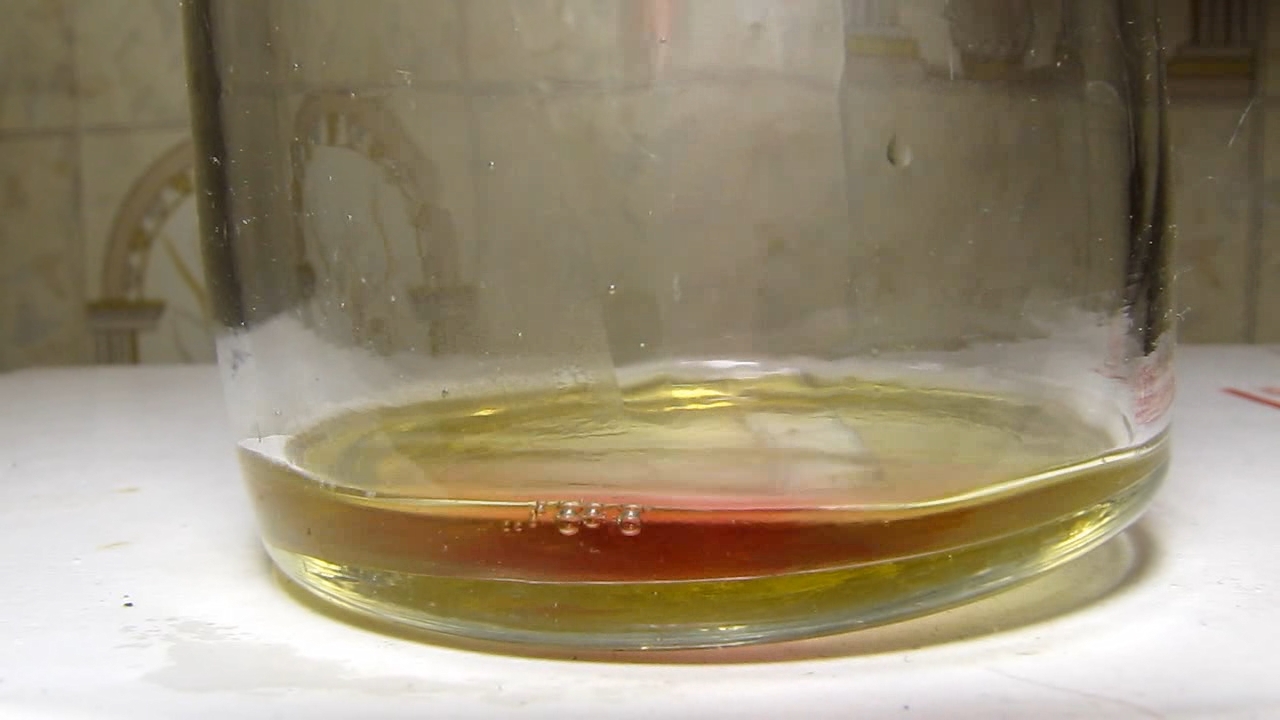
|
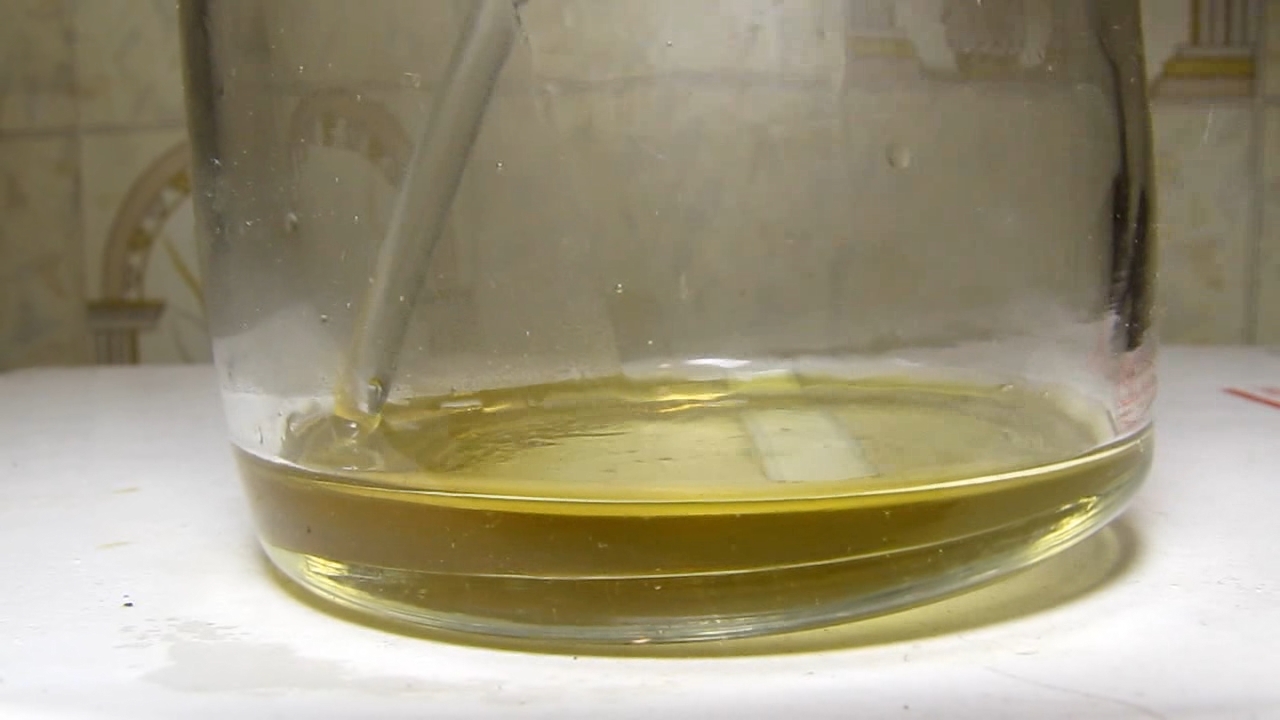
|
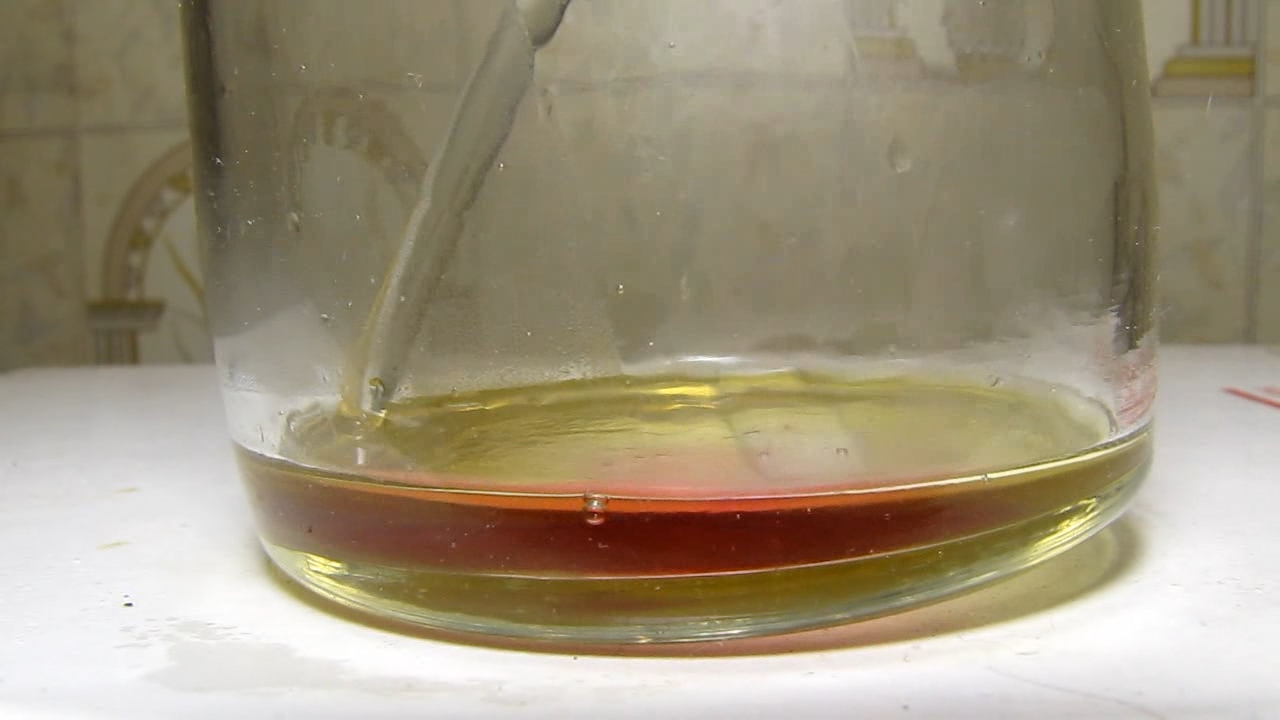
|
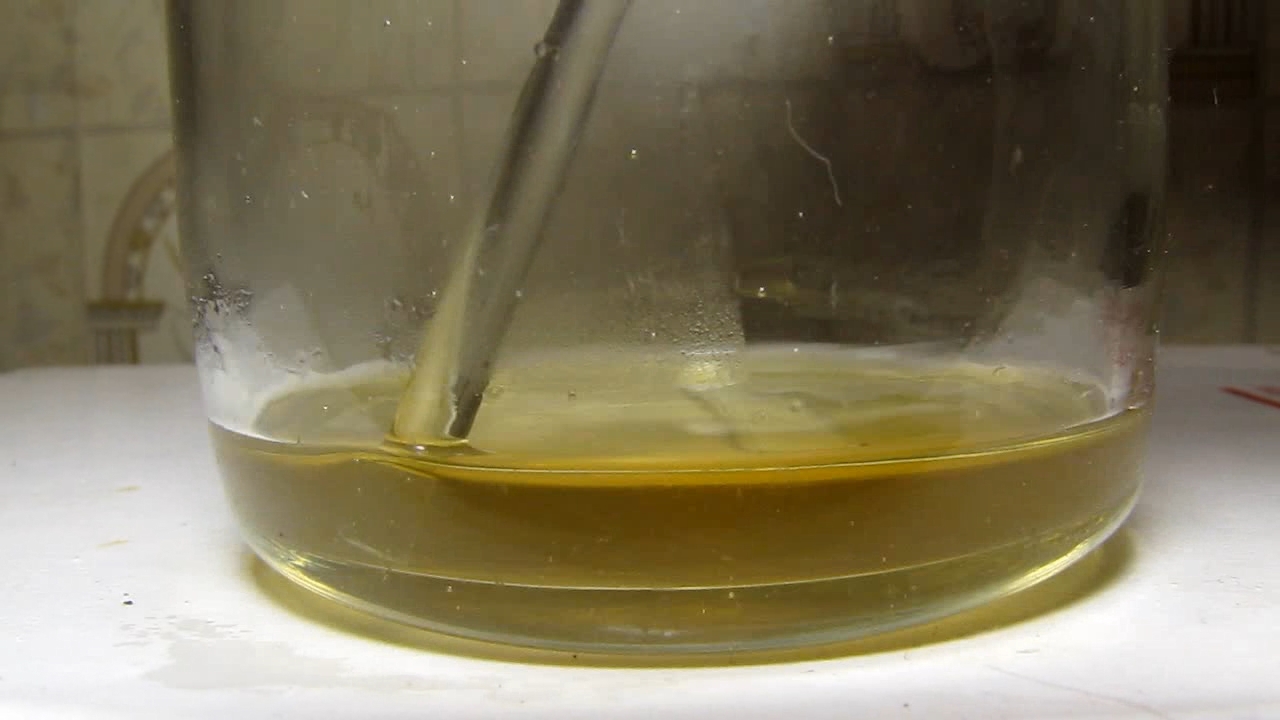
|

|

|
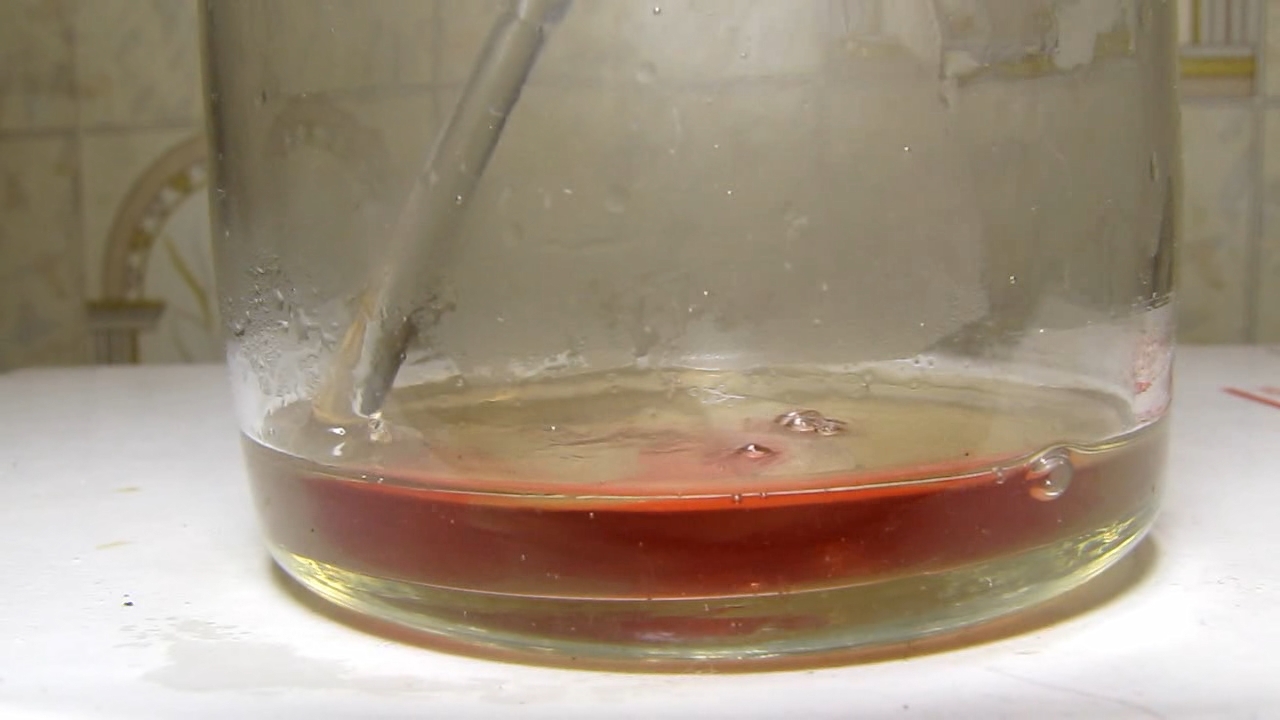
|

|

|

Robinia pseudoacacia |

|
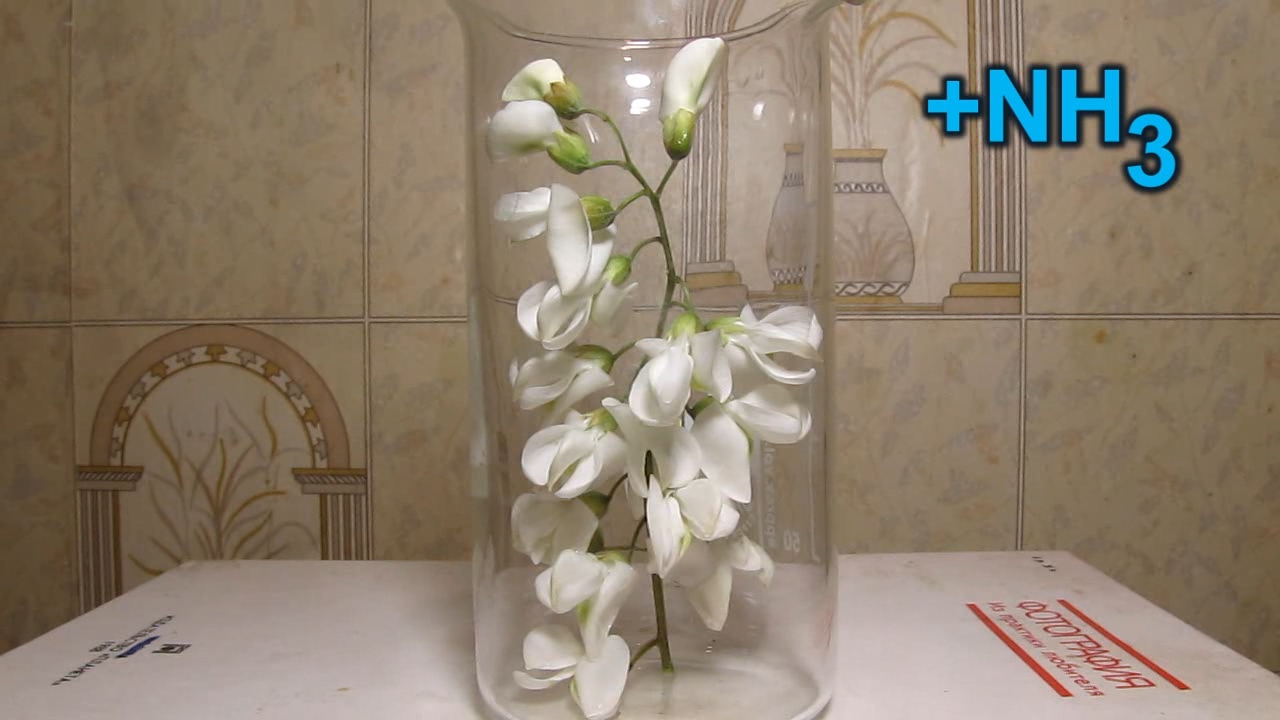
Robinia pseudoacacia flowers and ammonia |
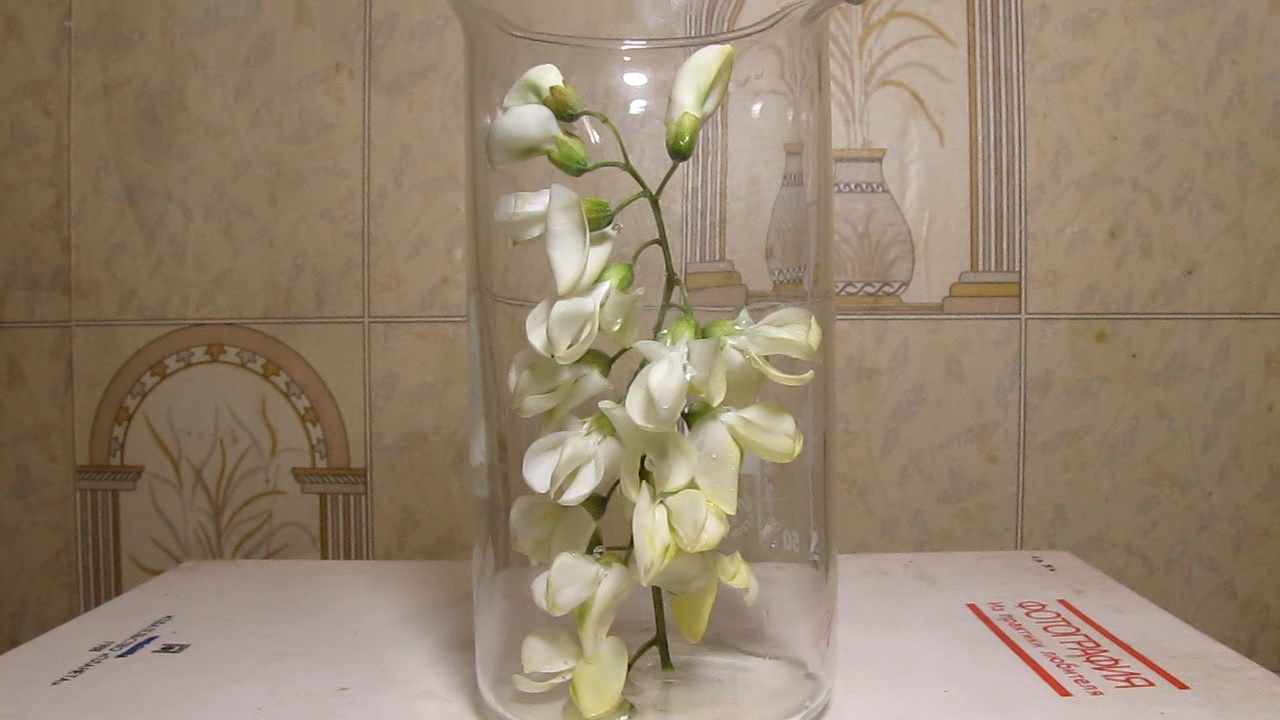
|
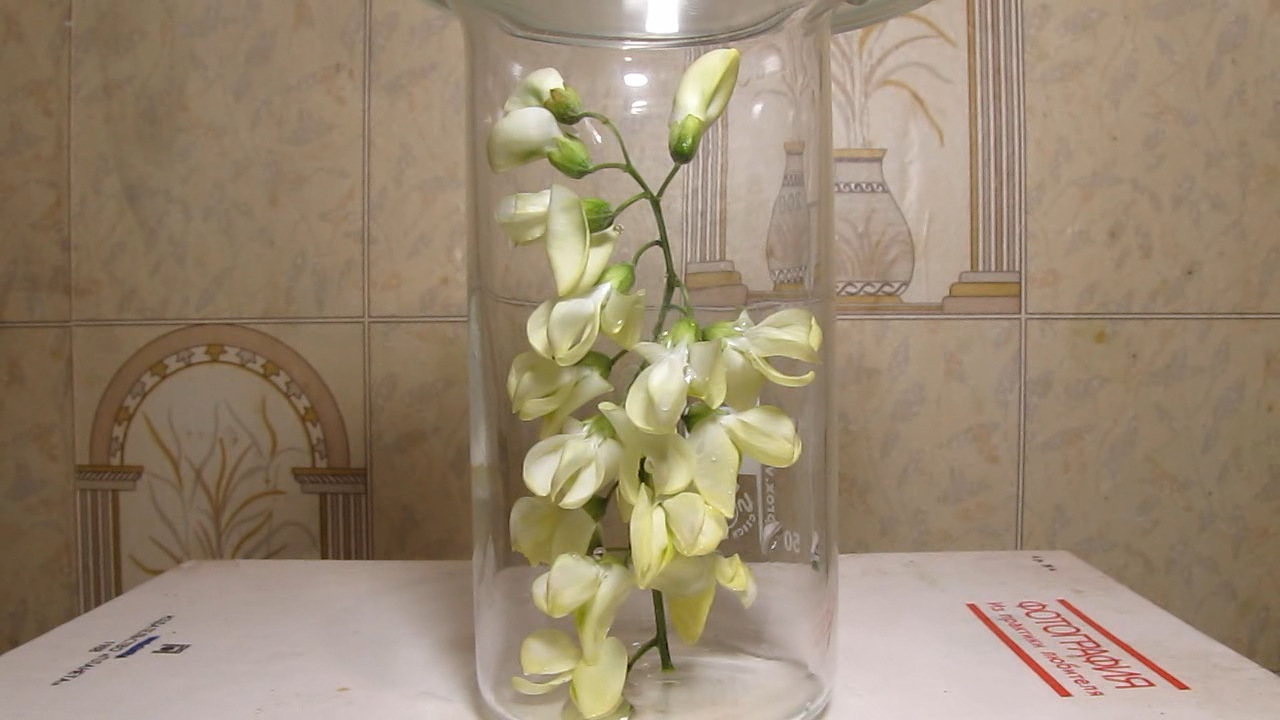
|
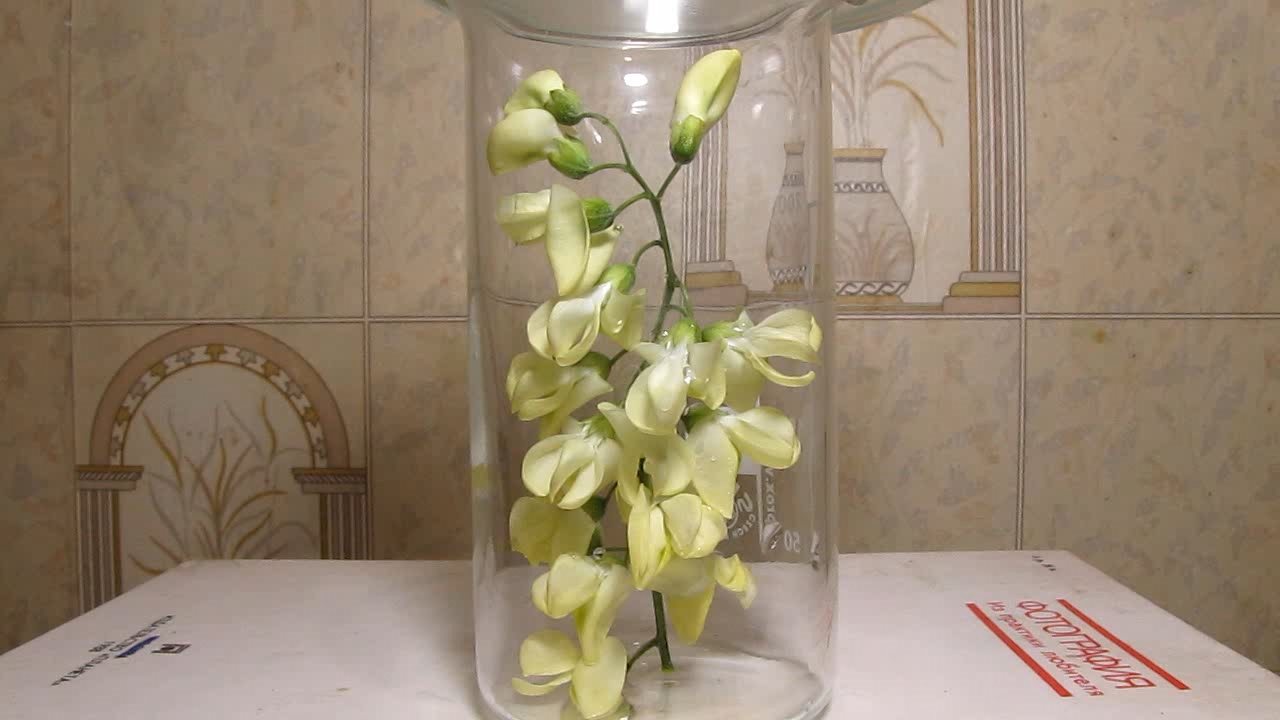
|
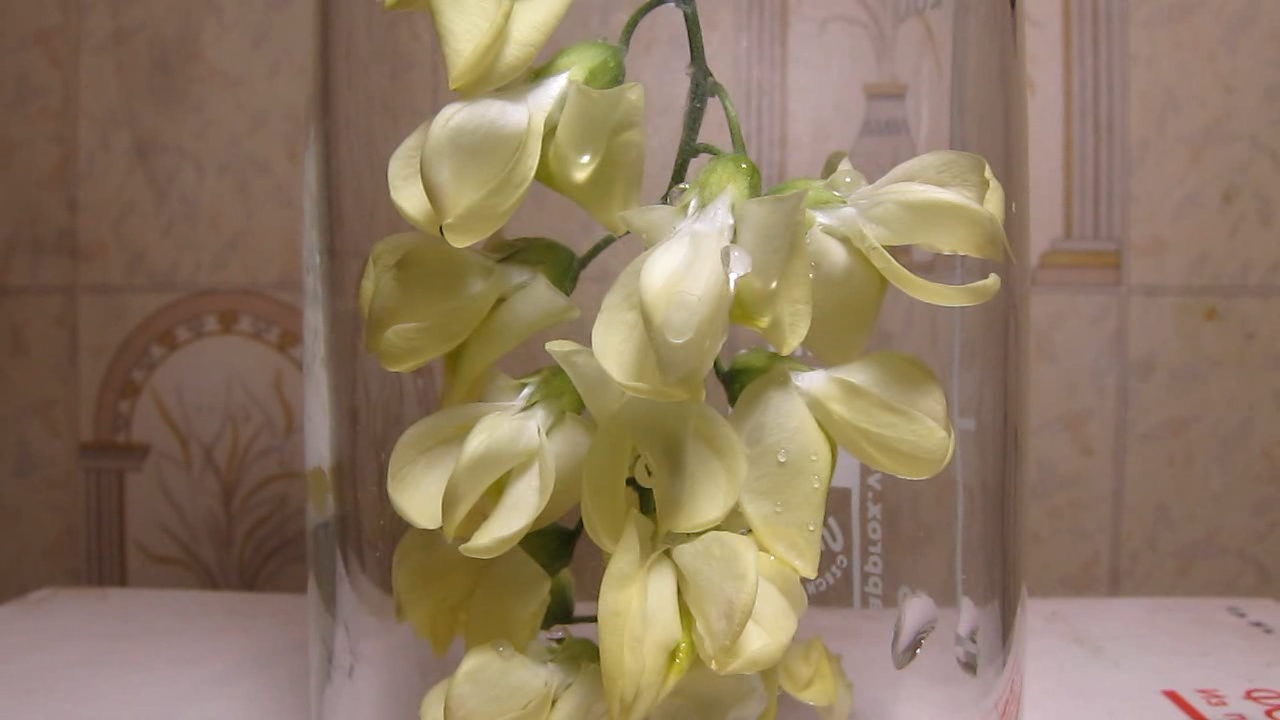
|
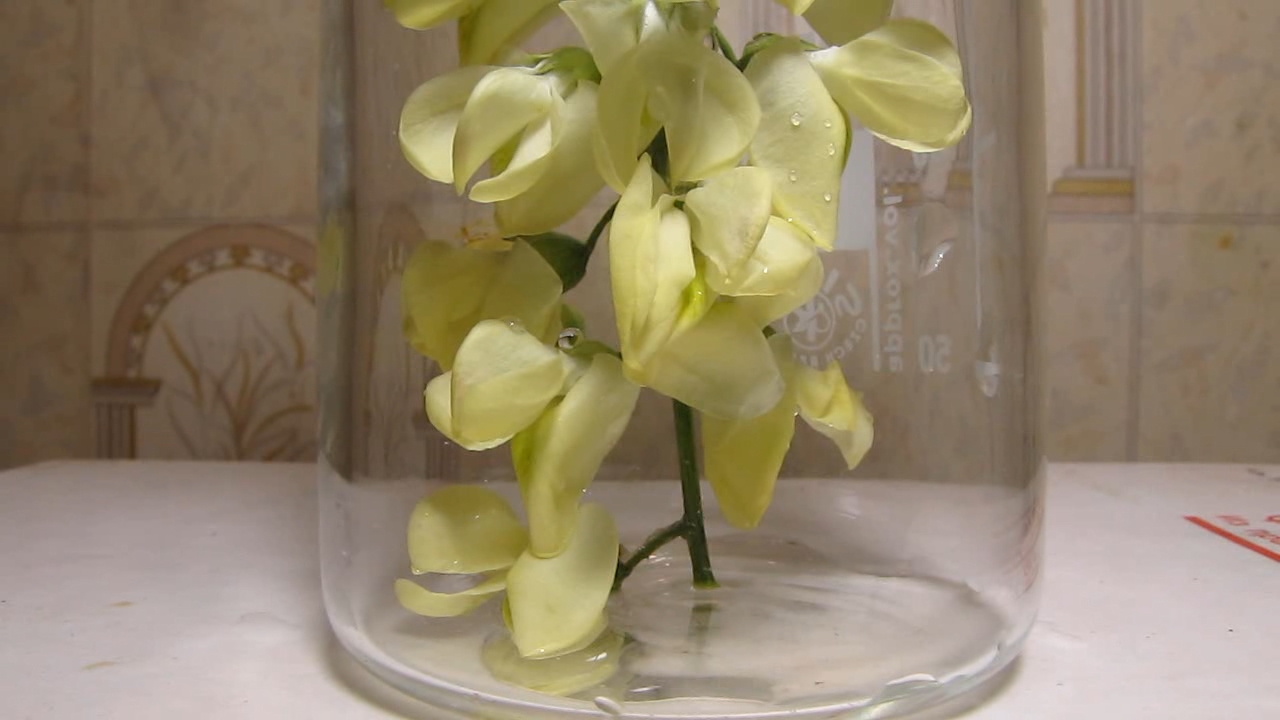
|

|
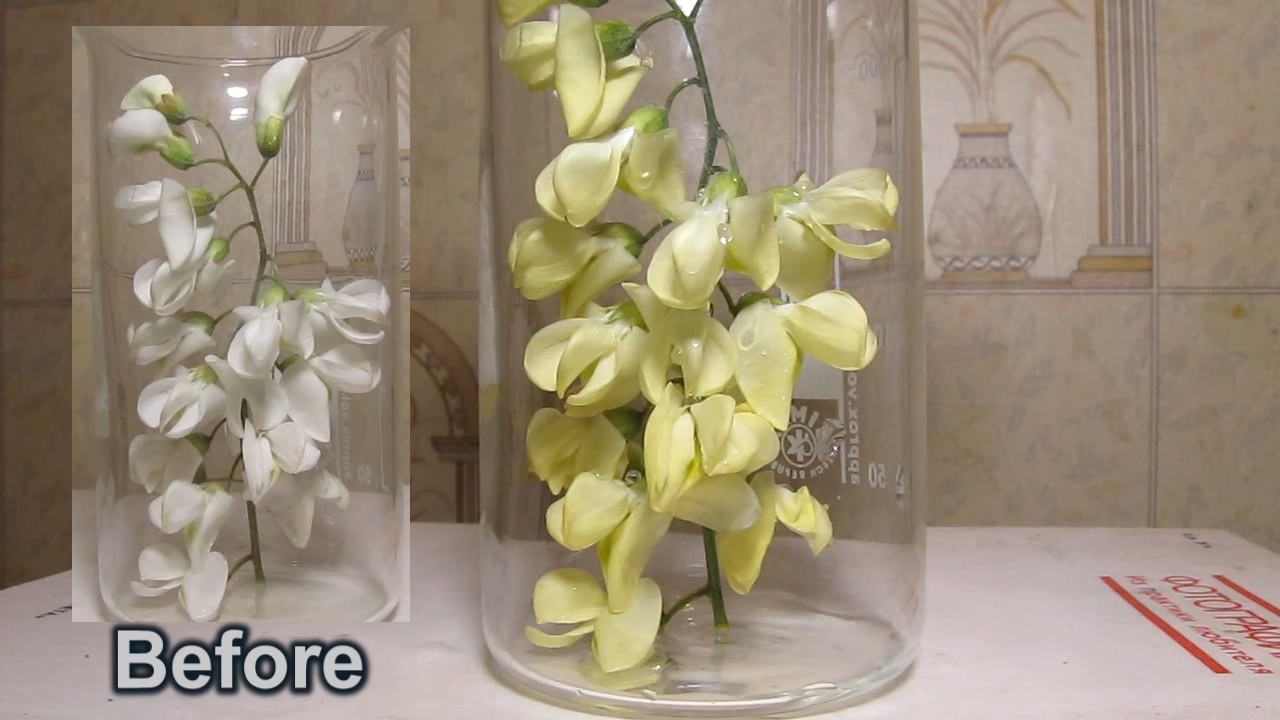
|
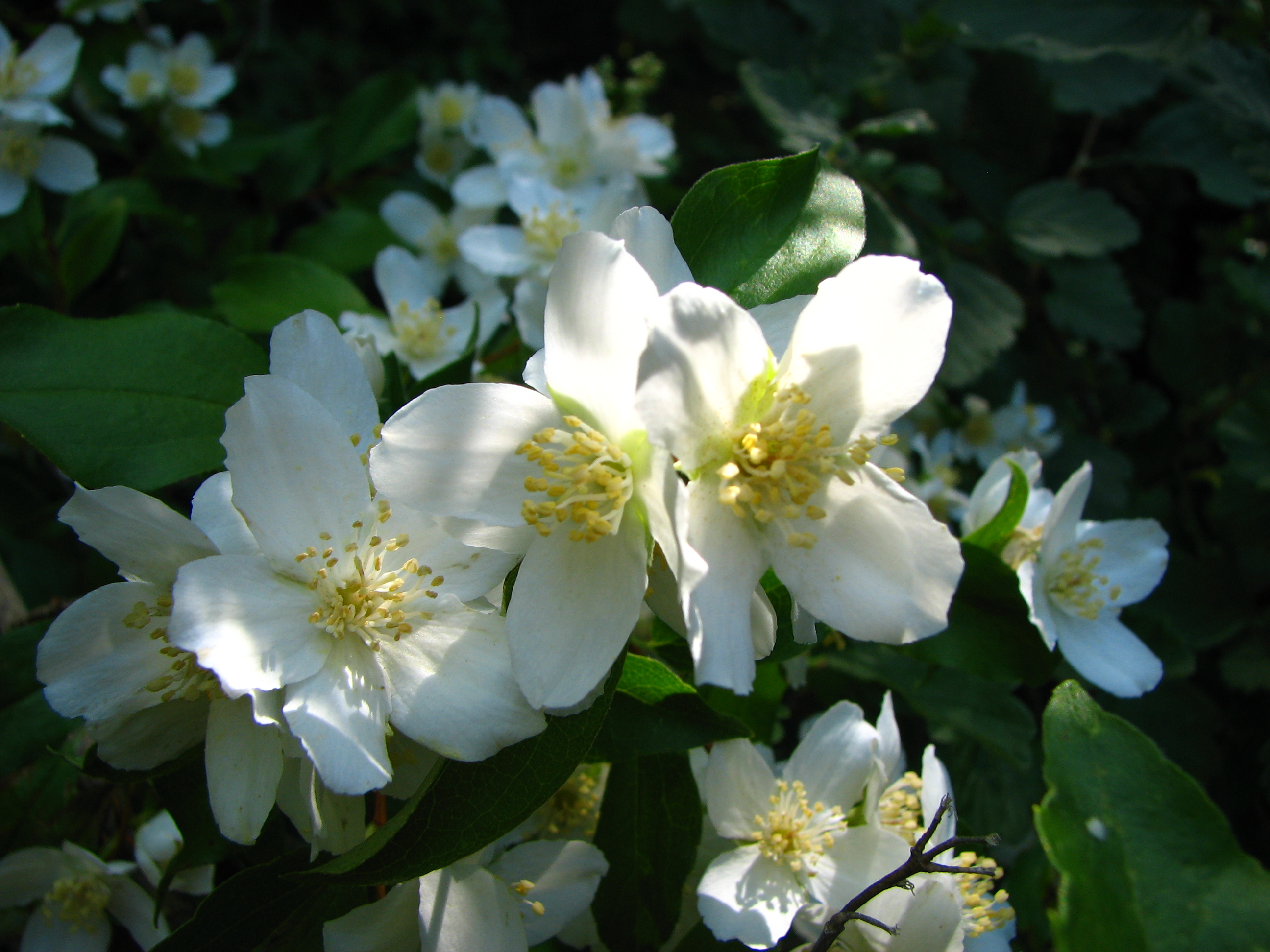
Philadelphus lewisii (Lewis' mock-orange) |
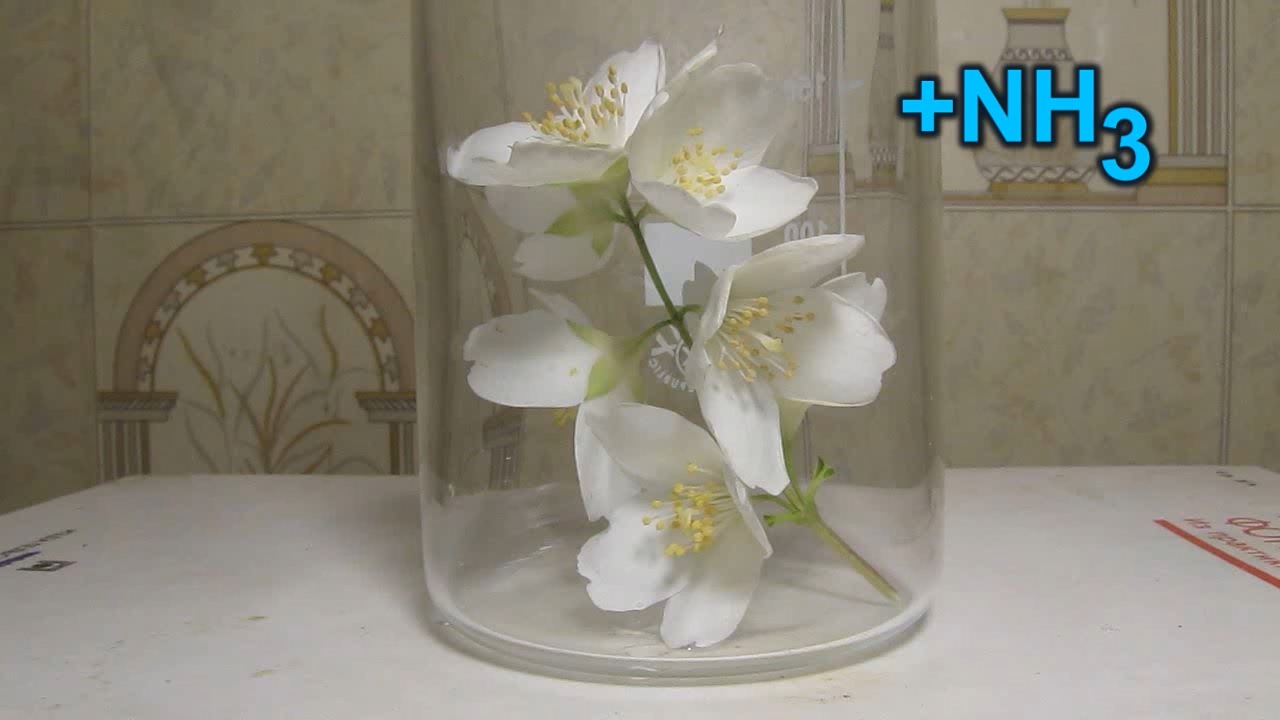
Philadelphus lewisii flowers and ammonia |
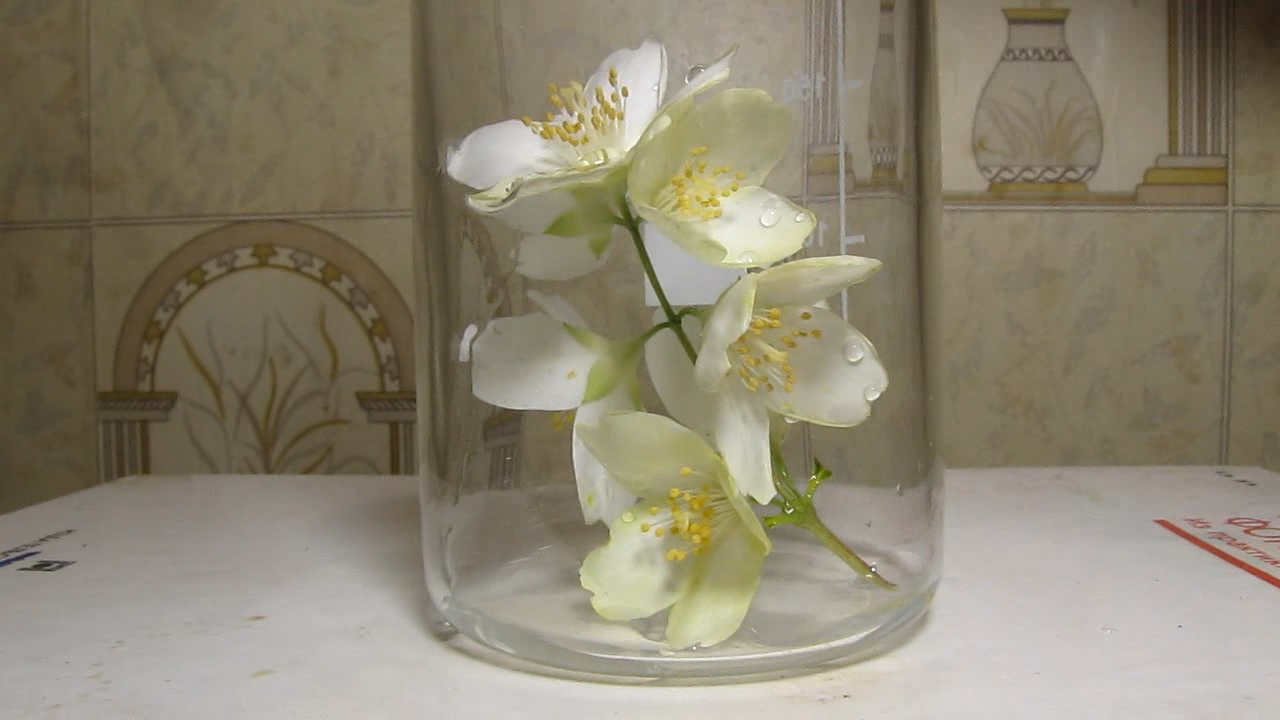
|

|
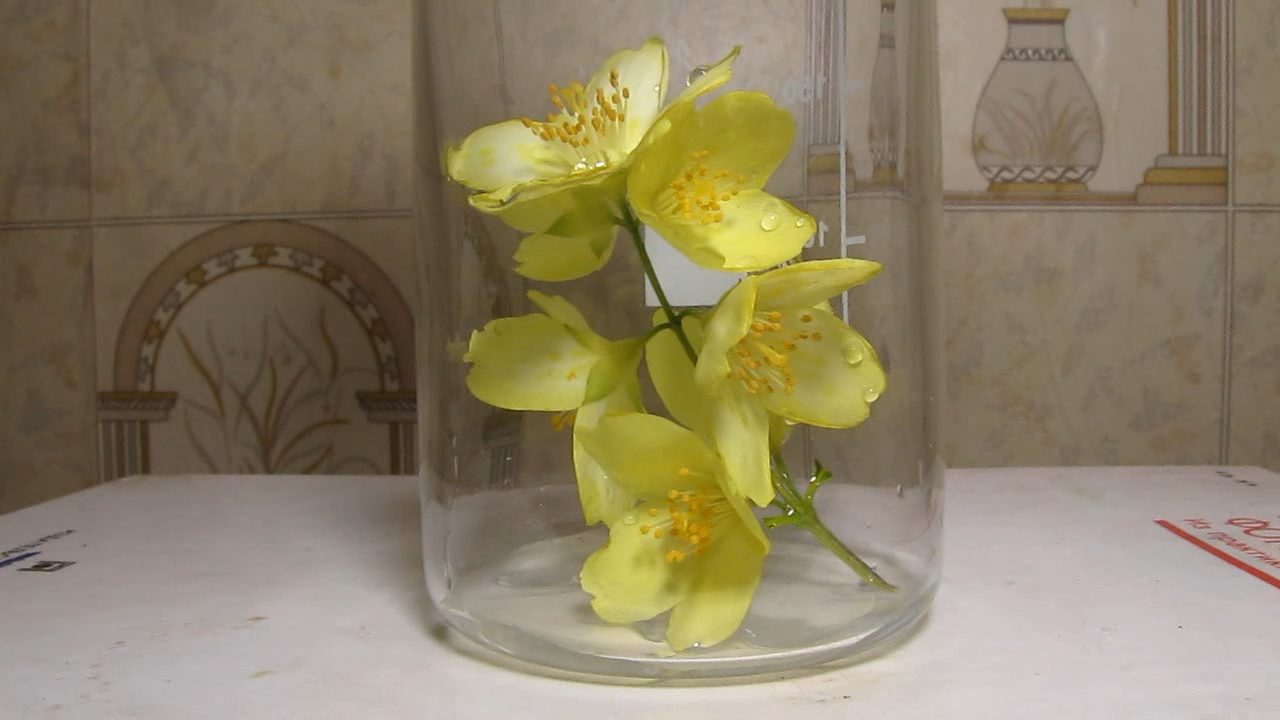
|
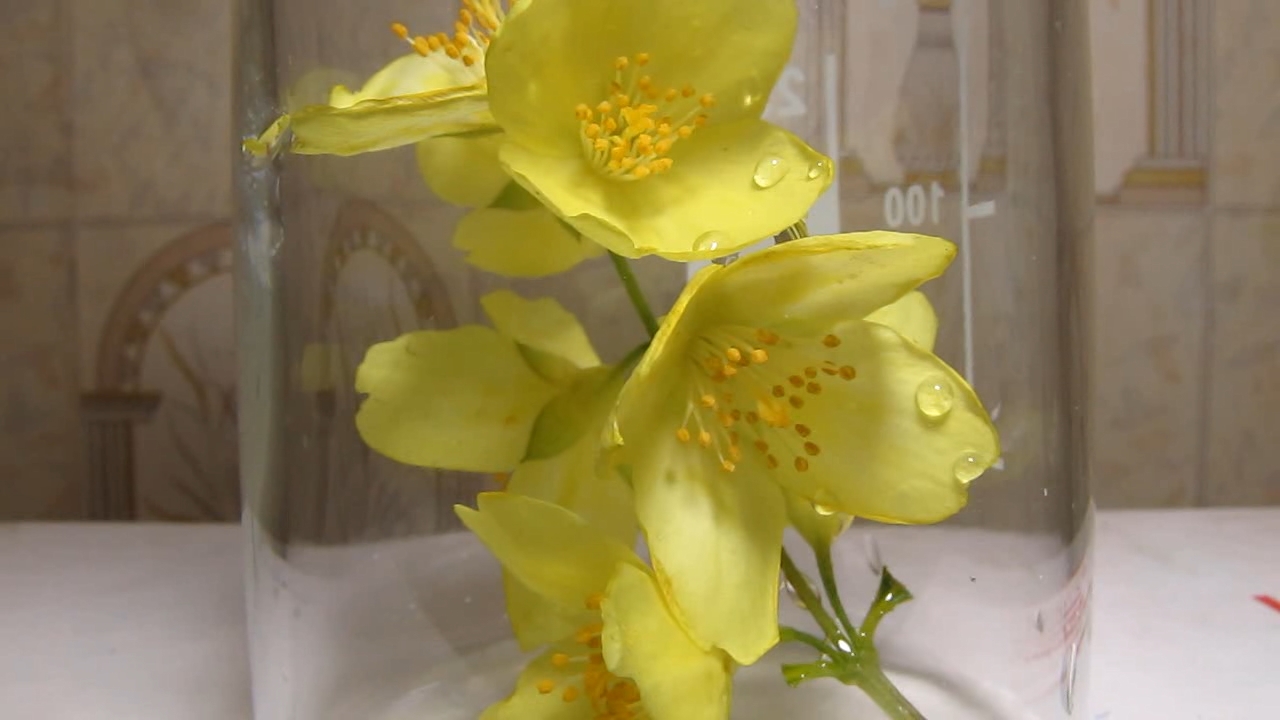
|
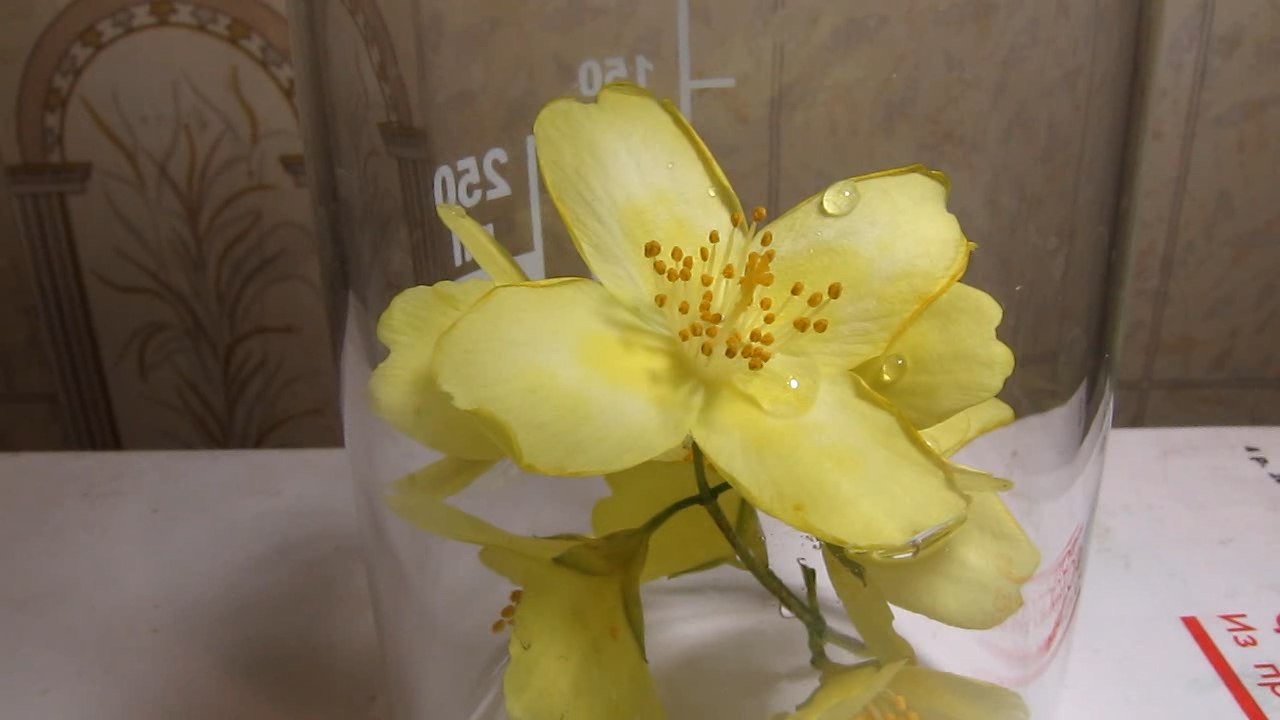
|

|

|
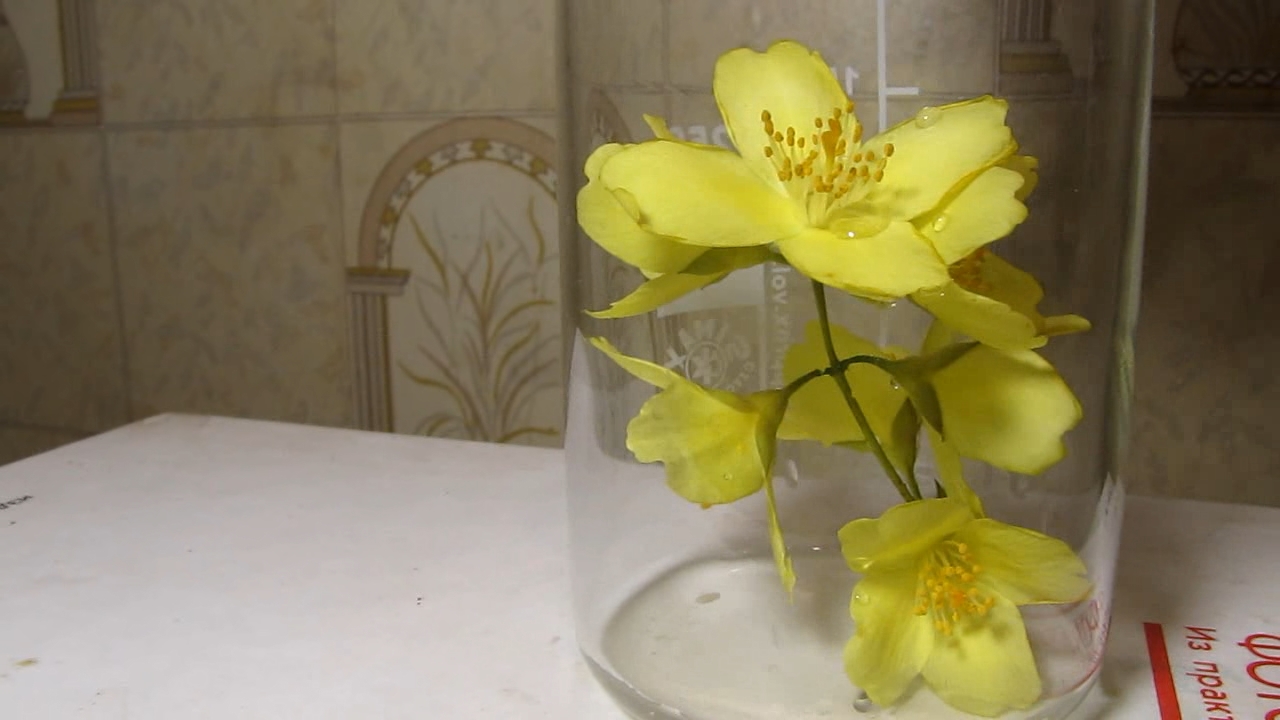
|